
cd_nom
65774
Grande Sauterelle verte, Sauterelle verte (des prés), Tettigonie verte, Sauterelle à coutelas (Français)
Tettigonia viridissima (Linnaeus, 1758)

| Auteur : L. Poncet |
 |
Pour se procurer la photo originale ou demander une autorisation d'utilisation, consulter :
Laurent Poncet
Directeur Adjoint
Service du Patrimoine Naturel
Muséum d'Histoire Naturelle
CP41, 36 rue Geoffroy Saint-Hilaire
75005 Paris
email : poncet@mnhn.fr
Toute réutilisation de la présente photographie doit faire l’objet d’une demande d’autorisation auprès de l’auteur.
Lien vers le code de la propriété intellectuelle (Legifrance)
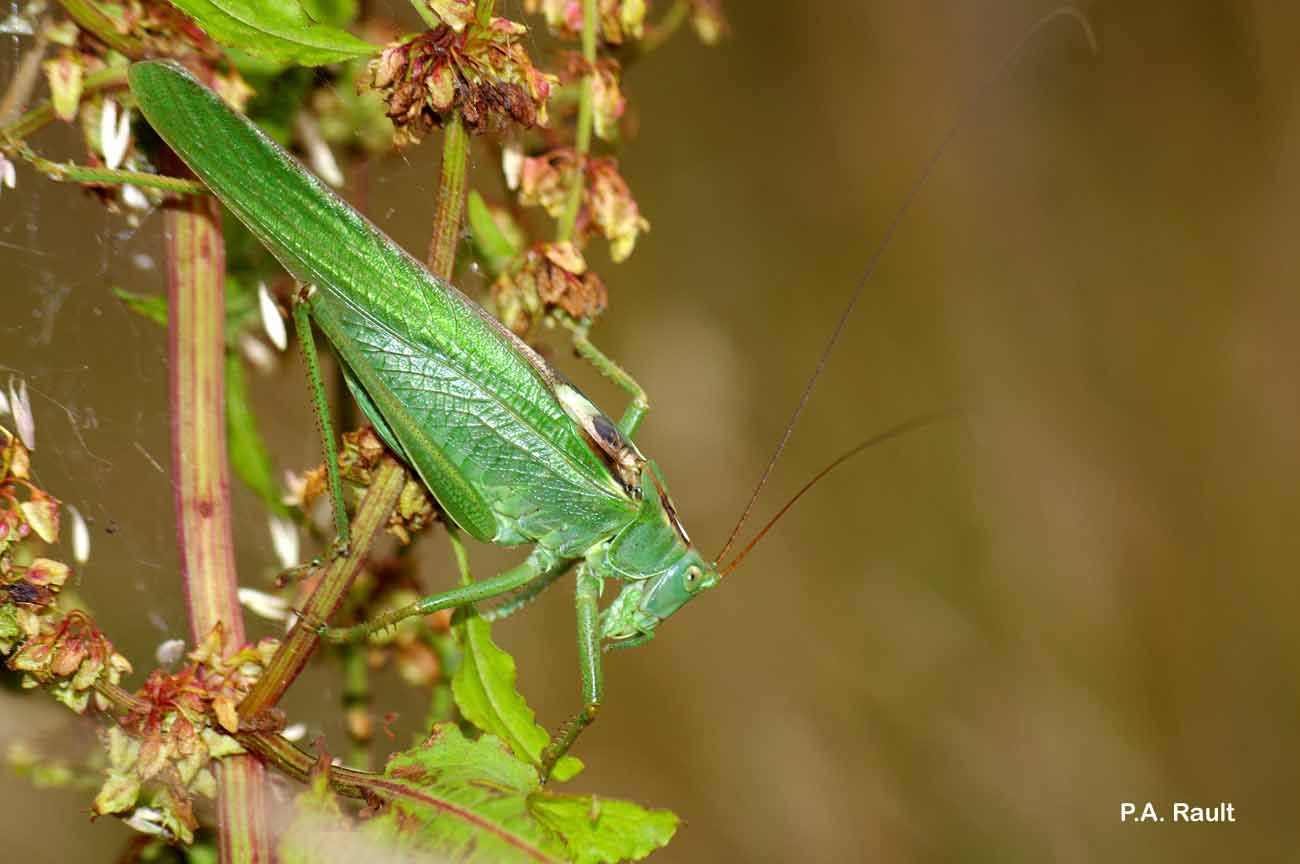
| Auteur : P.A. Rault |
 |
Pour se procurer la photo originale ou demander une autorisation d'utilisation, consulter :
Pierre Alexis RAULT
Muséum national d'Histoire naturelle - Service du Patrimoine Naturel
4 avenue du petit château
91 800 BRUNOY
e-mail : parault@mnhn.fr
Toute réutilisation de la présente photographie doit faire l’objet d’une demande d’autorisation auprès de l’auteur.
Lien vers le code de la propriété intellectuelle (Legifrance)
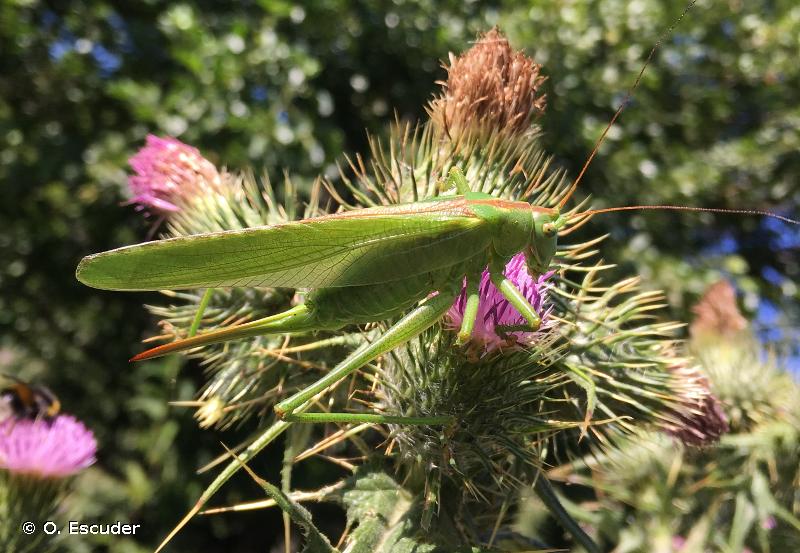
| Auteur : O. Escuder |
 |
Pour se procurer la photo originale ou demander une autorisation d'utilisation, consulter :
Olivier ESCUDER
e-mail : inpn@mnhn.fr
Malgré la licence Creative Commons, n'hésitez pas à informer l'auteur de l'utilisation qui sera faite de sa photo
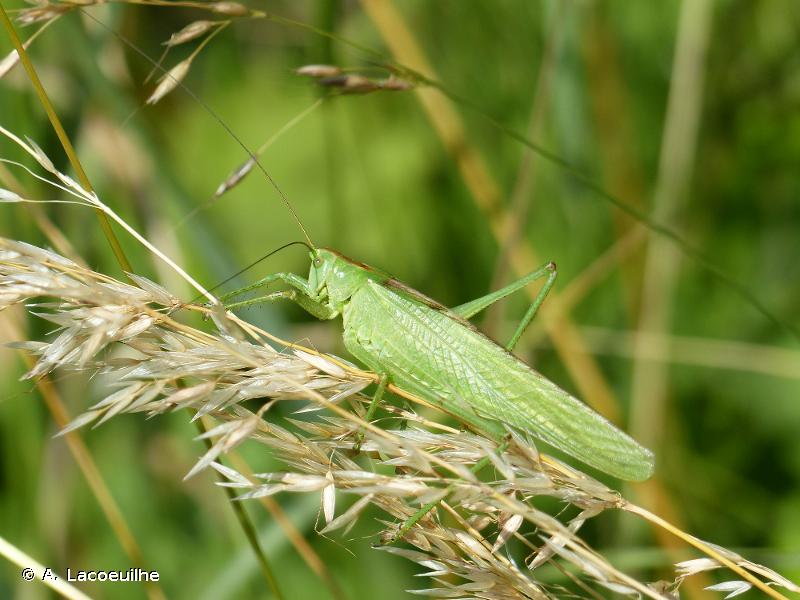
| Auteur : A. Lacoeuilhe |
 |
Pour se procurer la photo originale ou demander une autorisation d'utilisation, consulter :
Aurélie Lacoeuilhe
aurelie.lacoeuilhe@wanadoo.fr
Malgré la licence Creative Commons, n'hésitez pas à informer l'auteur de l'utilisation qui sera faite de sa photo
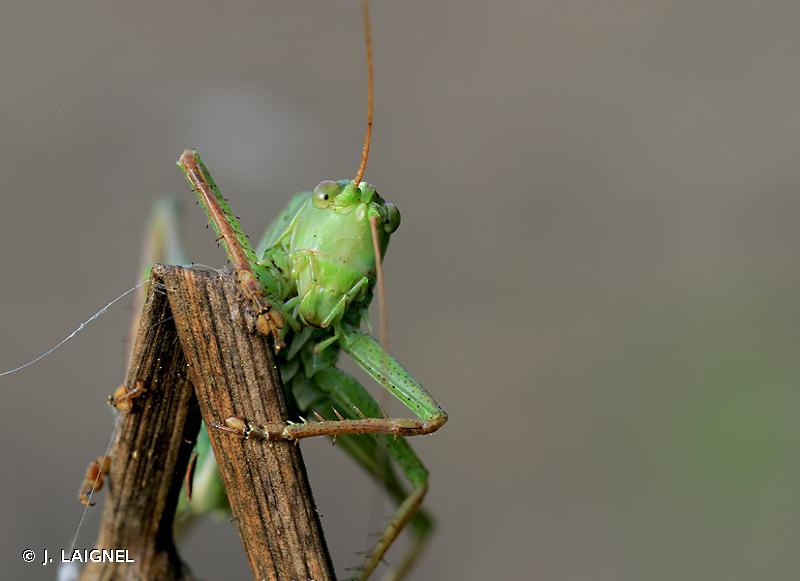
| Auteur : J. LAIGNEL |
 |
Pour se procurer la photo originale ou demander une autorisation d'utilisation, consulter :
Julien Laignel
Chargé de mission SNB - SPN/MNHN
4, avenue du Petit Château
91800 BRUNOY
Tel.: 06.10.68.23.36
Mail: julien.laignel@9online.fr
Malgré la licence Creative Commons, n'hésitez pas à informer l'auteur de l'utilisation qui sera faite de sa photo
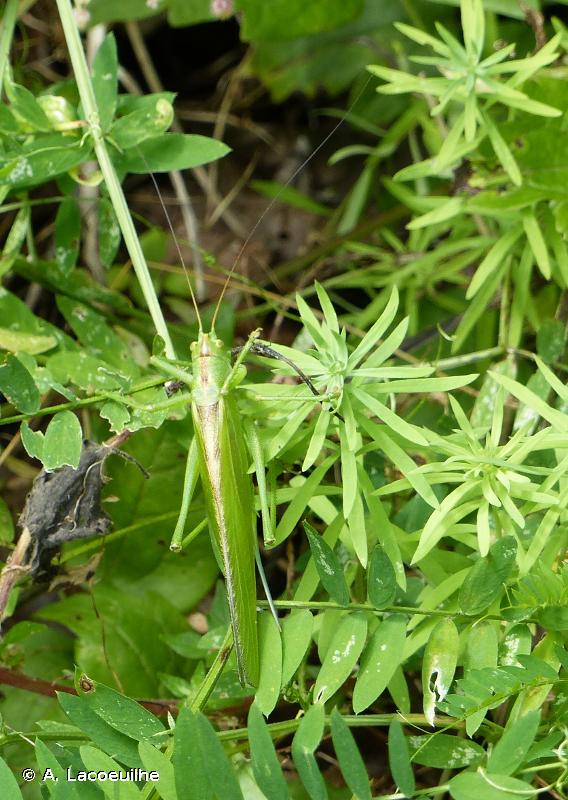
| Auteur : A. Lacoeuilhe |
 |
Pour se procurer la photo originale ou demander une autorisation d'utilisation, consulter :
Aurélie Lacoeuilhe
aurelie.lacoeuilhe@wanadoo.fr
Malgré la licence Creative Commons, n'hésitez pas à informer l'auteur de l'utilisation qui sera faite de sa photo
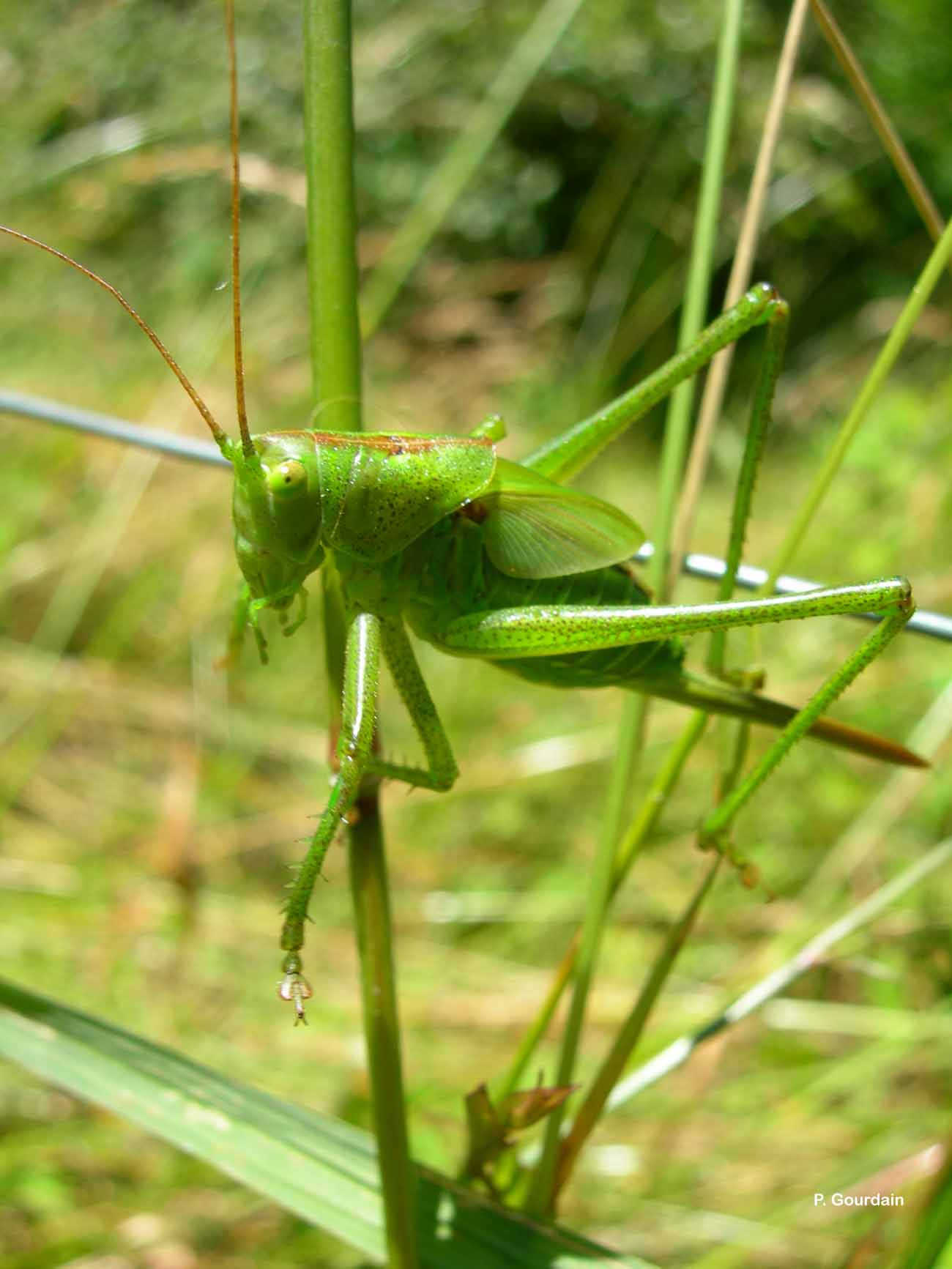
| Auteur : P. Gourdain |
 |
Pour se procurer la photo originale ou demander une autorisation d'utilisation, consulter :
Philippe GOURDAIN
Muséum national d'Histoire naturelle - Service du Patrimoine Naturel
36 rue Geoffroy Saint-Hilaire
CP 41
75 231 PARIS CEDEX 05
e-mail : inpn@mnhn.fr
Légende : Villeherviers
Malgré la licence Creative Commons, n'hésitez pas à informer l'auteur de l'utilisation qui sera faite de sa photo
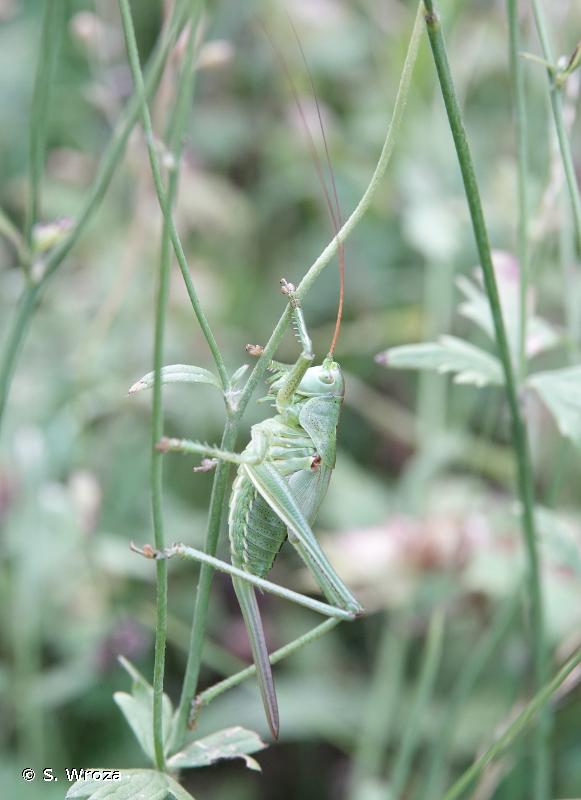
| Auteur : S. Wroza |
 |
Malgré la licence Creative Commons, n'hésitez pas à informer l'auteur de l'utilisation qui sera faite de sa photo

| Auteur : S. Wroza |
 |
Malgré la licence Creative Commons, n'hésitez pas à informer l'auteur de l'utilisation qui sera faite de sa photo
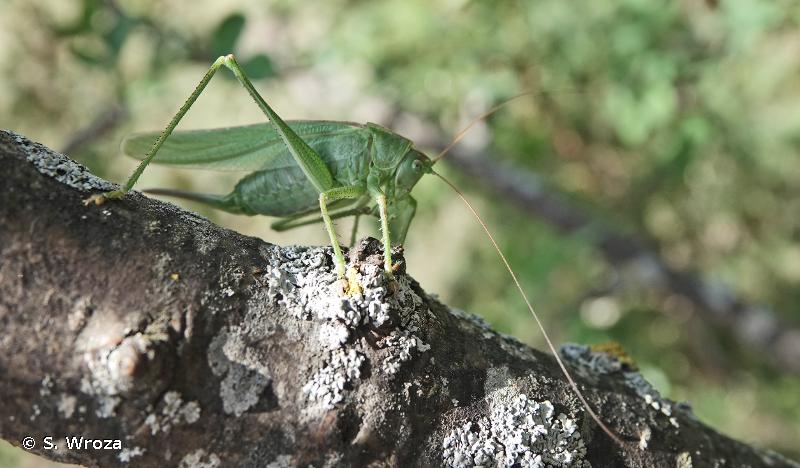
| Auteur : S. Wroza |
 |
Malgré la licence Creative Commons, n'hésitez pas à informer l'auteur de l'utilisation qui sera faite de sa photo
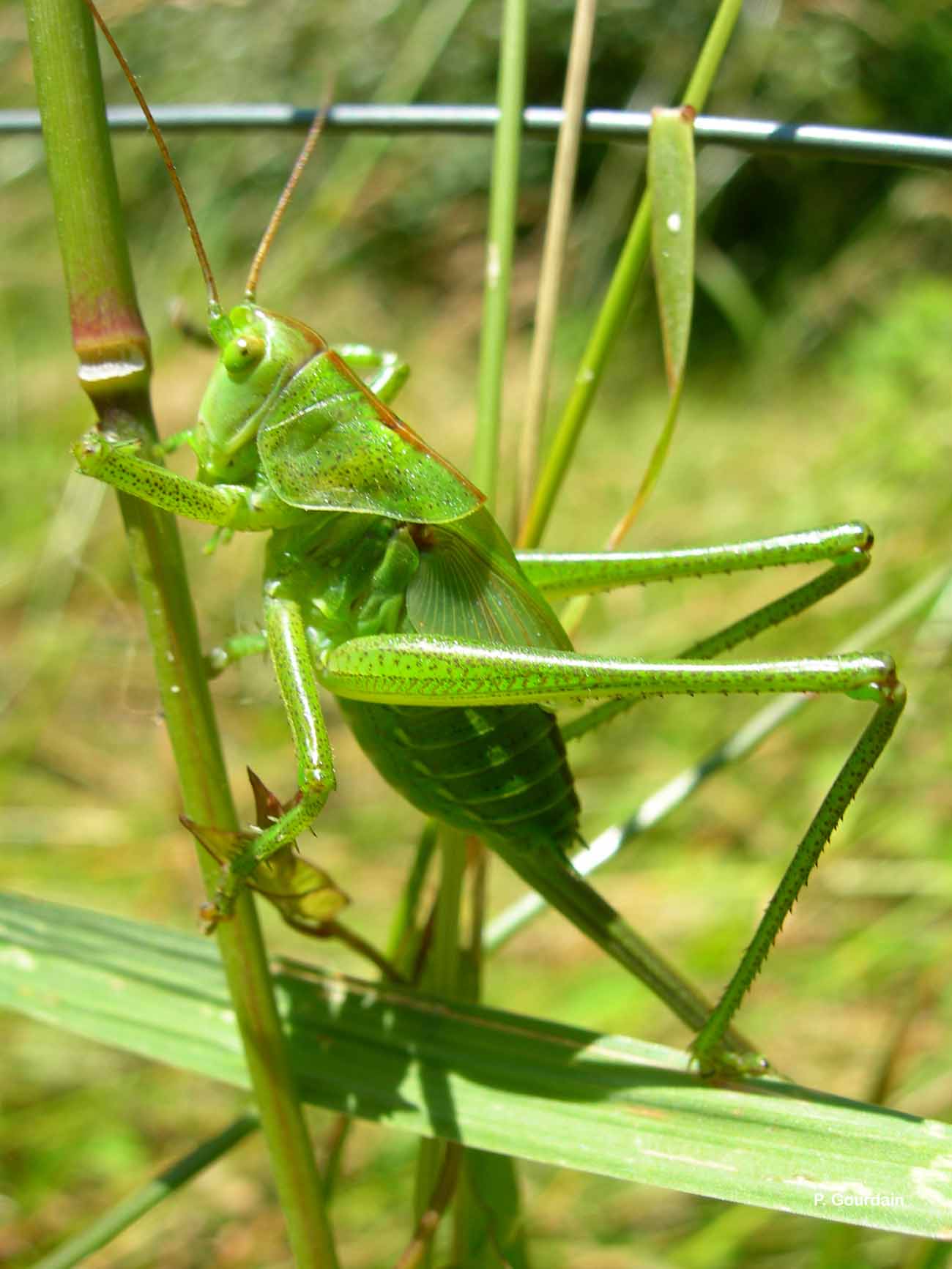
| Auteur : P. Gourdain |
 |
Pour se procurer la photo originale ou demander une autorisation d'utilisation, consulter :
Philippe GOURDAIN
Muséum national d'Histoire naturelle - Service du Patrimoine Naturel
36 rue Geoffroy Saint-Hilaire
CP 41
75 231 PARIS CEDEX 05
e-mail : inpn@mnhn.fr
Légende : Villeherviers
Malgré la licence Creative Commons, n'hésitez pas à informer l'auteur de l'utilisation qui sera faite de sa photo
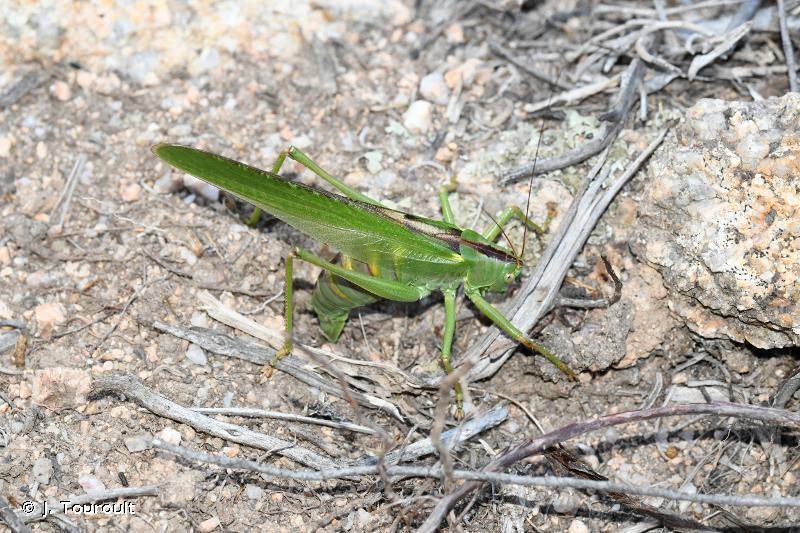
| Auteur : J. Touroult |
 |
Pour se procurer la photo originale ou demander une autorisation d'utilisation, consulter :
Julien Touroult
UMS PatriNat (AFB - CNRS - MNHN)
Muséum national d'Histoire naturelle, CP41, 36 rue Geoffroy Saint-Hilaire, 75005 Paris
Légende : Femelle en train de pondre dans le sol. Corse.
Malgré la licence Creative Commons, n'hésitez pas à informer l'auteur de l'utilisation qui sera faite de sa photo
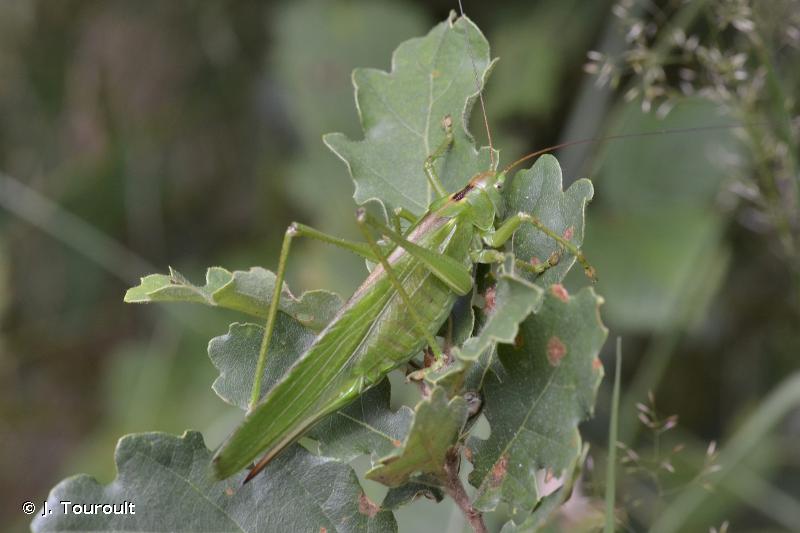
| Auteur : J. Touroult |
 |
Pour se procurer la photo originale ou demander une autorisation d'utilisation, consulter :
Julien Touroult
UMS PatriNat (AFB - CNRS - MNHN)
Muséum national d'Histoire naturelle, CP41, 36 rue Geoffroy Saint-Hilaire, 75005 Paris
Malgré la licence Creative Commons, n'hésitez pas à informer l'auteur de l'utilisation qui sera faite de sa photo
Taille/poids
Longueur du corps : 28-36 mm chez le mâle ; 32-42 mm chez la femelle. Cette espèce atteint 50 mm en tenant compte de la longueur des ailes.
Diagnose
De couleur verte, la plus grande sauterelle de notre faune présente une bande dorsale brune. Chez la femelle l'oviscape (organe de ponte, développé à l'extrémité de l'abdomen) atteint l'extrémité des ailes.
Détermination
Cette espèce est simple à reconnaître.
Période d'observation
Les adultes sont observés de juillet à octobre.
Biologie-éthologie
L'espèce est carnivore et se nourrit principalement d'insectes (mouches, pucerons, ...). Les œufs passent l'hiver et éclosent au printemps. Le stade juvénile, qui ressemble au stade adulte, comporte une succession de mues larvaires. La mue imaginale est caractérisée par le développement des ailes et des organes reproducteurs. L'espèce est active de jour comme de nuit et fait entendre son chant principalement l'après midi et le soir jusqu'à minuit. La femelle pond ses œufs dans le sol par groupes enrobés d'un mucus qui durcit à l'air libre. La durée du développement embryonnaire est très variable de 18 mois à 5 ans.
Biogéographique et écologie
Cette espèce est présente de l'ouest de l'Europe à l'est de la Chine. En France, c'est une espèce que l'on rencontre dans de multiples milieux herbacés et arbustifs. Elle peut se maintenir dans les jardins des milieux urbanisées. On la rencontre jusqu'à 1 800 m d'altitude.
Sources
Bellmann, H. & Luquet, G. 2009. Guide des sauterelles, grillons et criquets d'Europe occidentale. Les guides du naturaliste. Delachaux & Niestlé, 384 pp.
Sardet, E., Roesti, C. & Braud, Y. 2015. Cahier d'identification des Orthoptères de France, Belgique, Luxembourg et Suisse. Collection Parthénope, Biotope, Mèze, 304 pp.
Pascal Dupont(UMS 2006 Patrimoine Naturel (AFB / CNRS / MNHN)), 2016
continental
Métropole
Outre-mer
marin
Métropole
Outre-mer
